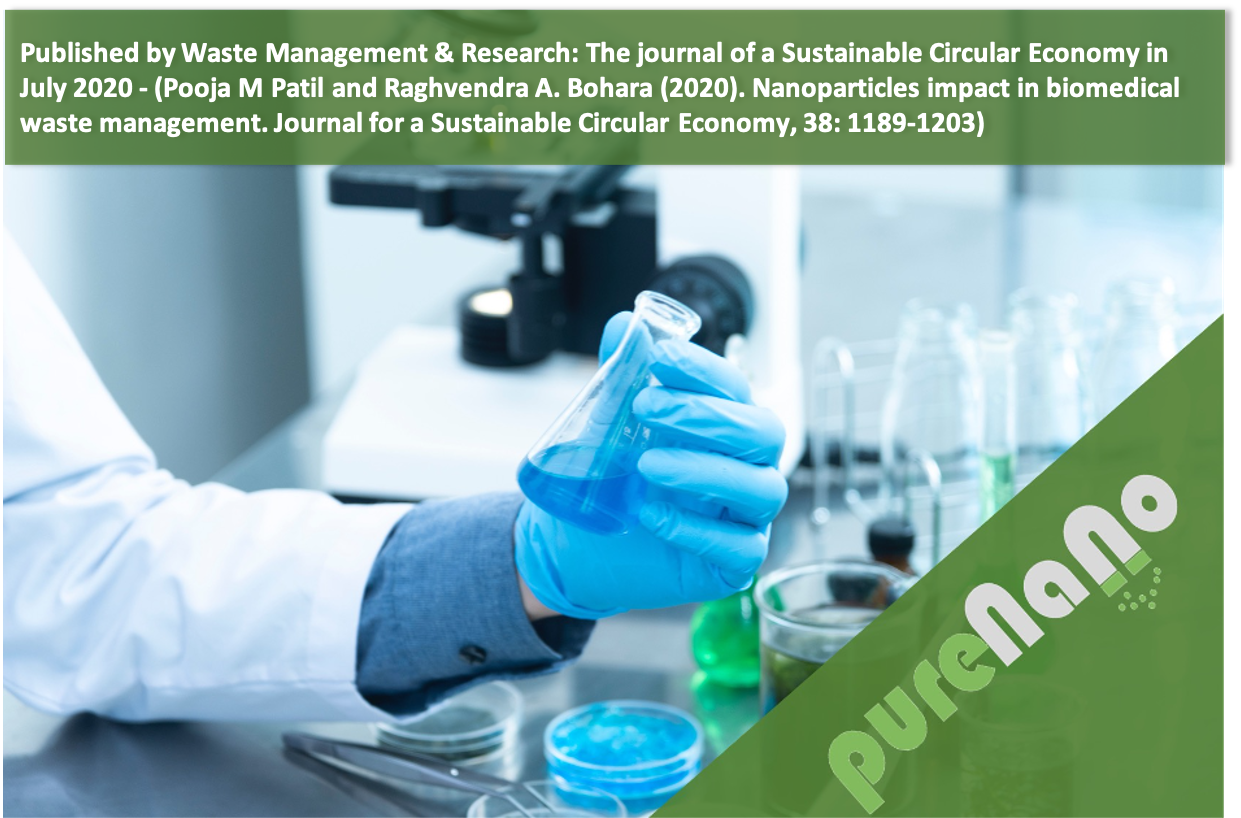Scientific Publications and Articles | purenano-h2020

Scientific Article
Nanoparticles impact in biomedical waste management
A recent study has highlighted the importance of performing effectual management of biochemical waste due to the high risk associated with its disposal. Several types of biomedical waste are produced, and several disposal methods have been identified. Among these, the use of Magnetic Nanoparticles (MNPs) for environmental remediation and in particular for the treatment of contaminated water is growing. MNPs are constituted by a core of a ferromagnetic compound (iron in different oxidation states), that allows the removal of contaminants. MNPs can be synthesized with different ions composition, in different phases and with several synthesis strategies such as co-precipitation, thermal decomposition and reduction and hydrothermal synthesis. Co-precipitation is an efficient method used by CaptiveSystems in the PureNano project. In this case, the formation of magnetic functionalized nanoparticles is a one-step process, where chemical co-precipitation is combined with in situ surface functionalization with specific molecules for the removal of different types of contaminants (anionic, cationic and organic).
MNPs are increasingly used thanks to their property such as high surface-to-volume ratio, short diffusion rate, high dispersion in water and they exhibit superior magnetic properties that allow easy removal once used. The field of application is quite widespread and goes from industrial wastewater to biomedical waste treatment to plating bath treatment.
For more information about the use of MNPs for biomedical waste remediation,
